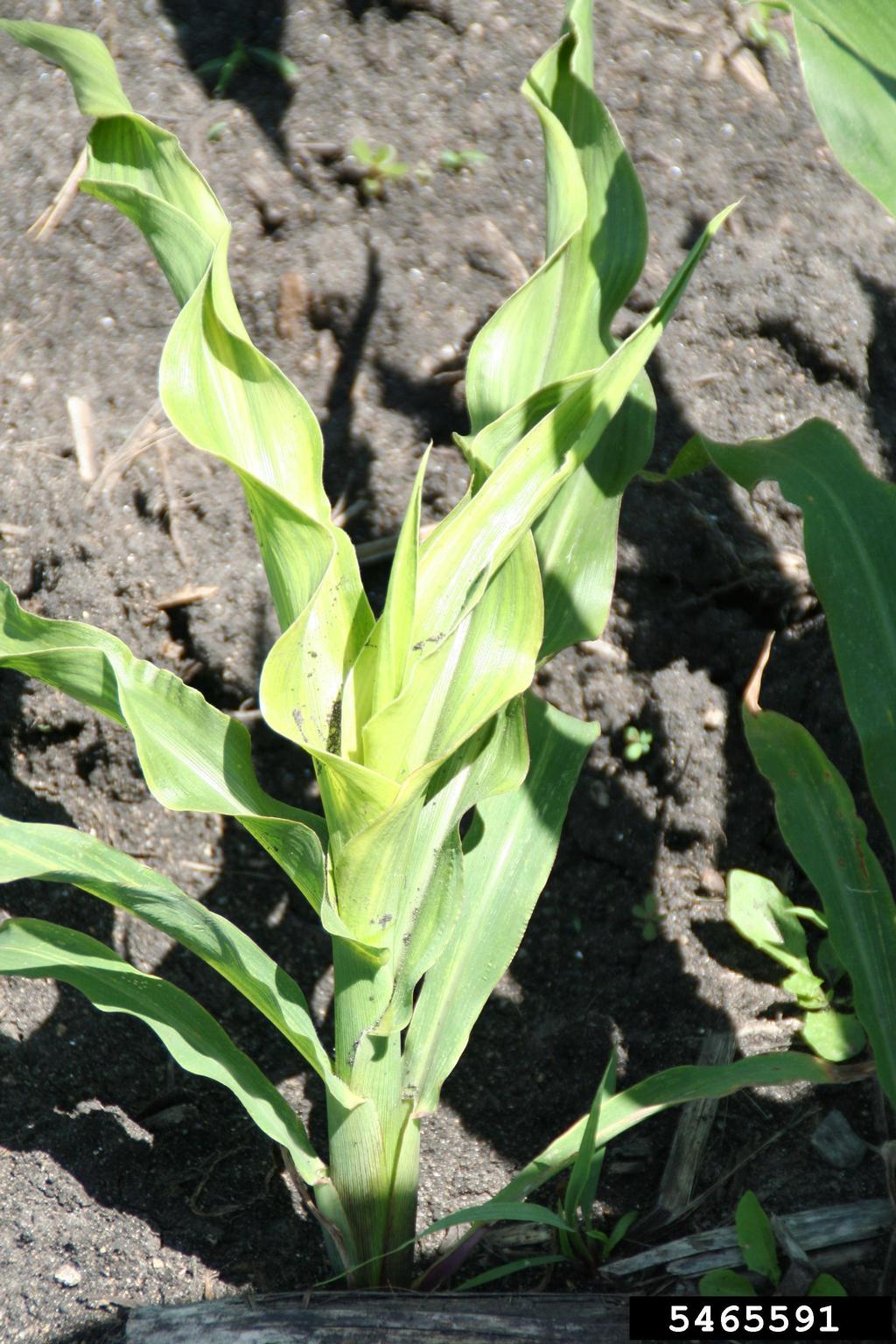Sweet Corn Downy Mildew Control – Managing Downy Mildew On Sweet Corn


Sweet corn is the taste of summer, but if you grow it in your garden, you could lose your crop to pests or disease. Downy mildew on sweet corn is one of these diseases, a fungal infection that can stunt plants and reduce or destroy the harvest. Knowing how to prevent downy mildew in corn and how to control an infection if you see it in your garden is important.
Downy Mildew in Corn Crops
Downy mildew is an infection caused by a fungus. There are a few varieties of downy mildew that affect corn and other grasses like wheat and oats. Some of the varieties include Crazy Top and Sorghum downy mildew. Regardless of which type may be affecting your sweet corn, the signs are similar, as are the methods for prevention and control. Sweet corn with downy mildew may exhibit several symptoms, including any of the following:
- Yellow, chlorotic, striping on the leaves
- Stunted growth
- Downy, grayish growths on the undersides of leaves
- Rolled or twisted leaves
- Leafy, proliferating tassels
- Ears of corn may or may not grow, but are often stunted
Prevention and Control of Sweet Corn Downy Mildew
A common cause of the infection of downy mildew in sweet corn, or at least that triggers a proliferation of the infection, is excessive moisture. Saturated or flooded soil can cause an infection, and humid conditions contribute to it. To prevent downy mildew, it is important that sweet corn is grown in soil that drains well and in an area that is not prone to flooding. Other ways of managing or preventing sweet corn downy mildew infections is practicing crop rotation and using varieties that are resistant to the fungus. The spores of the fungi that cause these infections are viable for a long time in the soil, so rotating with crops that are not susceptible to infection can help. Also helpful is clearing out plant debris and destroying it to prevent the spread of the spores. If you do see downy mildew in your corn crop, and you catch it early, you can remove affected plants and leaves to prevent spread. You can also try fungicides recommended by your local extension service or nursery. If the infection persists, stop growing corn in that area and put in a non-susceptible plant for a season or two.
Gardening tips, videos, info and more delivered right to your inbox!
Sign up for the Gardening Know How newsletter today and receive a free copy of our e-book "How to Grow Delicious Tomatoes".

Mary Ellen Ellis has been gardening for over 20 years. With degrees in Chemistry and Biology, Mary Ellen's specialties are flowers, native plants, and herbs.
-
 Looking For Plants To Give You The Soft And Fuzzies? Try These 5 Fuzzy Leaf Plant Options
Looking For Plants To Give You The Soft And Fuzzies? Try These 5 Fuzzy Leaf Plant OptionsLovers of texture, drama, silver foliage and tactile plants will adore these special sensory garden additions. These fuzzy leaf plant options will leave you all aglow
By Susan Albert
-
 Get Ready For A Summer Of Hummers! Grow These Full Sun Hummingbird Plants and Flowers
Get Ready For A Summer Of Hummers! Grow These Full Sun Hummingbird Plants and FlowersIf you’re lucky enough to enjoy a sunny backyard, make sure you are maxing out on your pollinator opportunities and grow these full sun hummingbird plants and flowers
By Tonya Barnett